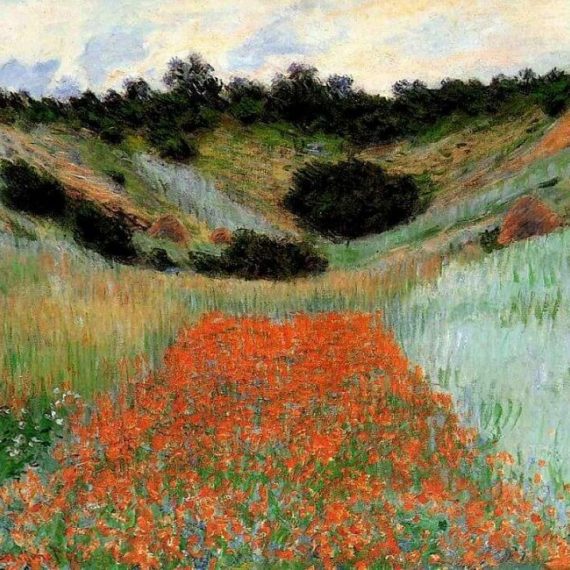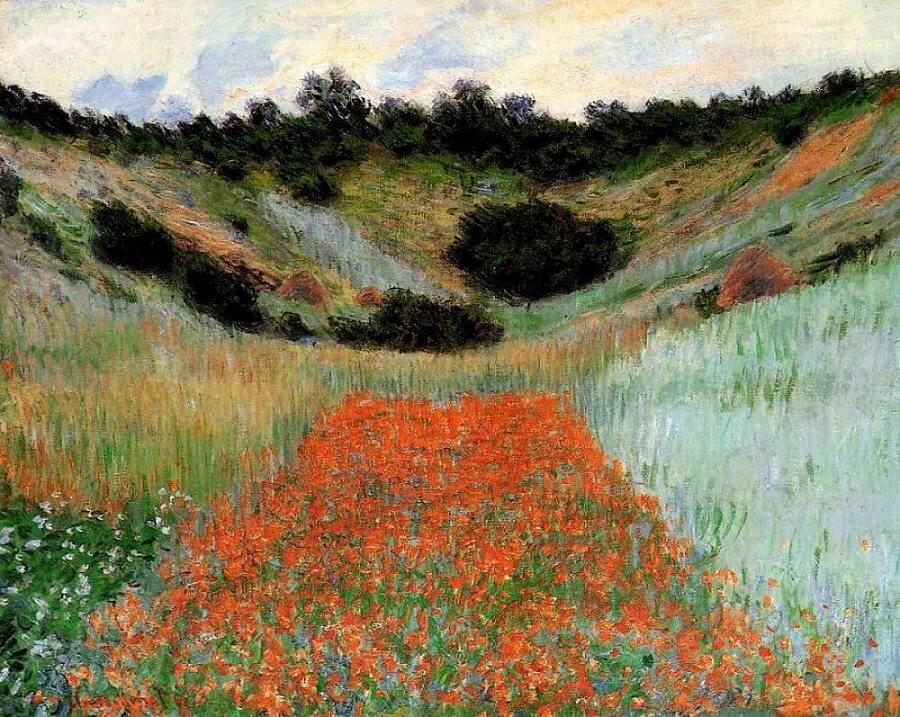
05 Sep Monet & His Poppy Fields
Claude Monet, the renowned French Impressionist painter, is celebrated for his ability to capture the ephemeral beauty of nature through his art. Among his many masterpieces, “Poppy Fields” stands out as a vivid portrayal of the vibrant colors and enchanting landscapes that inspired Monet throughout his career. In this blog, we delve into the world of Claude Monet’s “Poppy Fields” and explore the artist’s fascination with nature and the play of light and color.
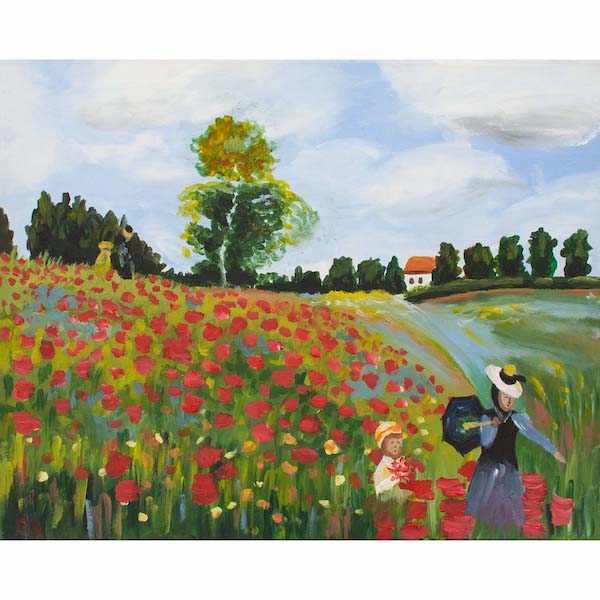
The Poppy Fields in Art
Claude Monet’s fascination with nature was boundless, and he often sought inspiration in the landscapes that surrounded him. Poppy fields, in particular, held a special place in his heart. These fields, with their sea of vibrant red and orange blossoms, provided the perfect canvas for Monet to experiment with color, light, and atmosphere.
“Poppy Fields near Argenteuil” (1875): One of Monet’s earlier works featuring poppy fields, this painting is a testament to his evolving style. The poppies, depicted in a riot of red and green, dance in the sunlight. Monet’s brushwork captures the fleeting quality of the scene, as if the poppies were swaying in the breeze.
“Poppy Field in a Hollow near Giverny” (1885): This masterpiece showcases Monet’s ability to depict the interplay of light and shadow on the landscape. The poppies seem to glow as they bask in the dappled sunlight, creating a mesmerizing effect.
“Poppies at Giverny” (1890): In this painting, Monet explores the subtle variations in color within the poppy field. He employs a harmonious palette of reds, pinks, and greens, creating a symphony of colors that is both soothing and captivating.
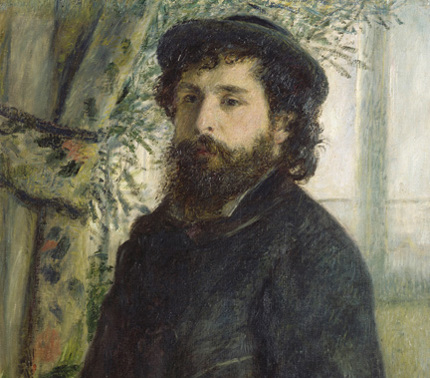
The Impressionist Technique
Claude Monet was a pioneer of the Impressionist movement, which sought to capture the essence of a scene rather than its precise details. His approach to painting poppy fields exemplifies this philosophy.
En plein air: Monet painted “Poppy Fields” outdoors, en plein air, to capture the changing light and atmosphere. This allowed him to infuse his works with a sense of spontaneity and freshness.
Broken brushwork: Monet’s use of broken brushwork and small, distinct strokes of color lends his poppy fields a sense of movement and vibrancy. Up close, the painting appears abstract, but from a distance, it coalesces into a harmonious whole.
Color and light: Monet was a master at using color to convey the play of light and shadow. His poppies seem to shimmer with the intensity of the sun, immersing the viewer in the scene.
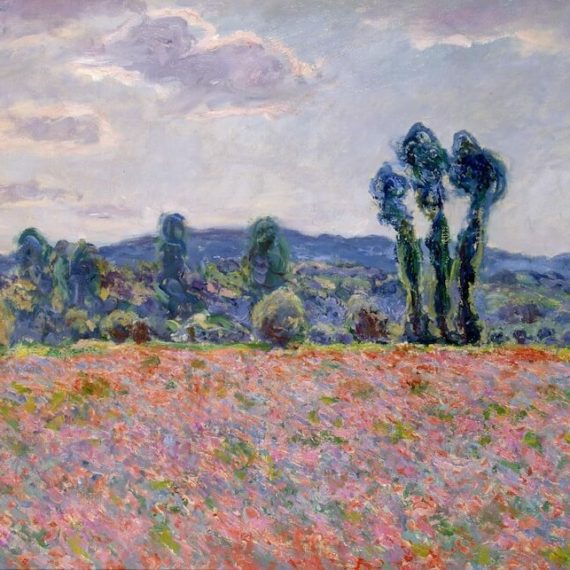
A Celebration of Nature
Claude Monet’s “Poppy Fields” series is not merely a representation of nature; it’s a celebration of the beauty and transience of the natural world. Through his art, he invites us to see the world through his eyes, where every moment is a fleeting masterpiece of color and light. We love celebrating monet through our Paint & Grape events and our We Love Artboxes.
